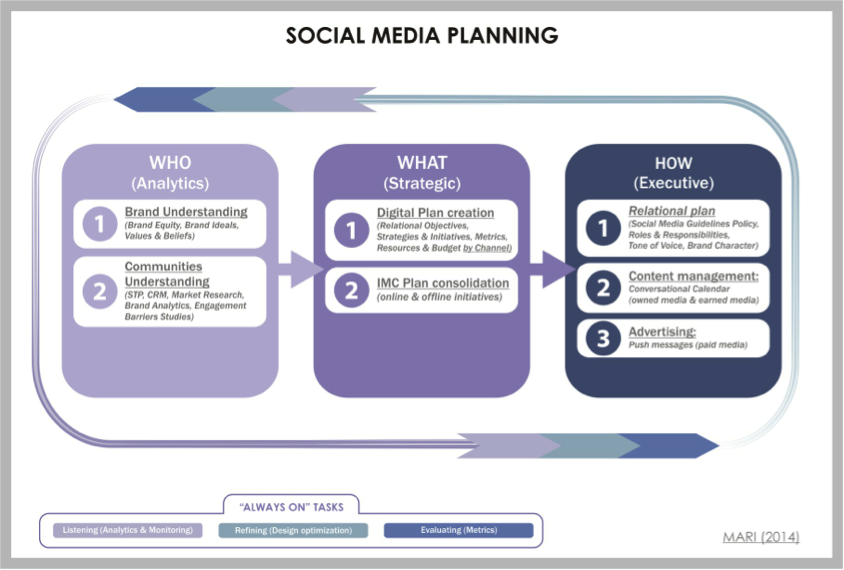Machine Learning in Marketing: 3 key trends

Marketing professionals face increasing complexity due to the explosion of digital and data touchpoints, as well as unprecedented consumers’ expectations in terms of interaction, content, and offer personalization. They came to realize that Machine Learning (ML) is the only possible way to cope with this level of complexity. Machine learning is developing under the great promise that marketing can now be both more efficient and human . The diffusion of intelligent models can be noticed in three key areas : 1. Inside Marketing Technologies ML is powering many of the marketing software (enterprise solutions, individual tools or apps) that marketers require to turn the vast array of historical data into actionable insights. “AI algorithms and technologies are going to be deeply embedded at every layer of what the marketing software is.” - Scott Brinker, VP Platform Ecosystem at HubSpot Figure 1. Marketing and AI Technologies dependencies Companies receive bo...



